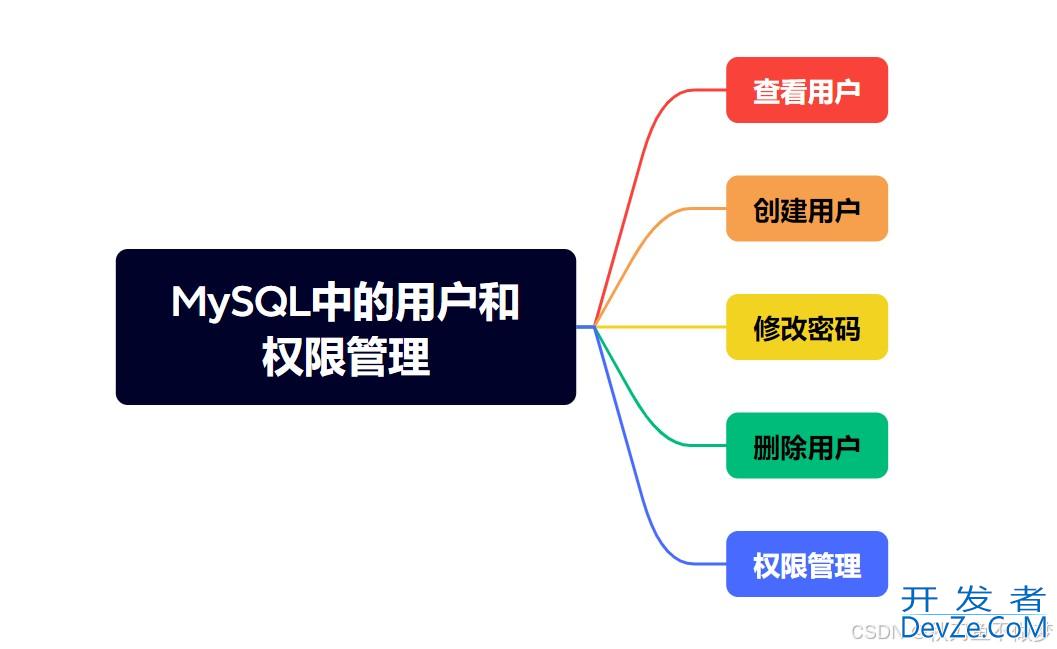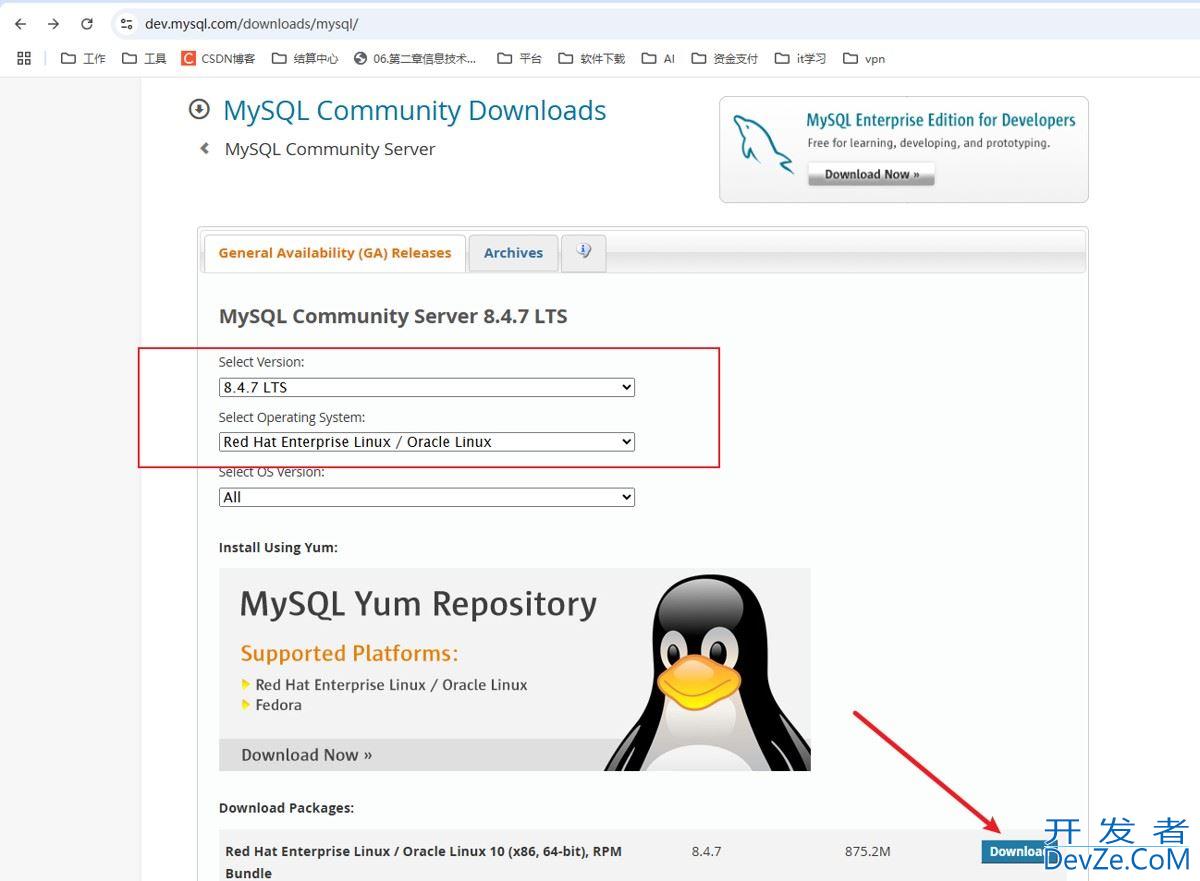Redis+AOP+自定义注解实现限流
目录
- Redis安装
- 下载
- 解压
- 准备编译
- 编译
- 测试编译
- 安装
- 配置
- 运行
- 检查端口是否在使用中
- 查看redis的当前版本:
- 使redis可以用systemd方式启动和管理
- 查看本地centos的版本:
- 客户端连接redis
- Redis限流
- 1、引入依赖
- 2、application.yml配置
- 3、创建redisConfig,引入redisTemplate
- 自定义注解和拦截器
- 1、自定义注解
- 2、创建拦截器
- 3、将自定义拦截器加入到拦截器列表中
Redis安装
一提到Redis,相信大家都不会感到陌生吧。今天就让我们在阿里云上安装一下Redis,为以后使用它做个准备。
下载
1,下载页面
2,下载
解压
tar -xzvf redis-5.0.7.tar.gz
准备编译
1, 请在操作前确认gcc是否已安装,gcc -v
如未安装,可以执行这个命令安装:yum install gcc
2,请在操作前确认tcl是否已安装如未安装,可以执行这个命令安装:yum install tcl
编译
[root@localhost source]# cd redis-5.0.7/ [root@localhost redis-5.0.7]# make MALLOC=libc
make 后加 MALLOC的参数的原因:
避免提示找不到 jemalloc/jemalloc.h
测试编译
[root@localhost redis-5.0.7]# make test
如果看到以下字样:表示无错误:\o/ All tests passed without errors!
安装
[root@localhost redis-5.0.7]# mkdir /usr/local/soft/redis5 可分步创建 [root@localhost redis-5.0.7]# cd /usr/local/soft/redis5/ [root@localhost redis5]# mkdir bin [root@localhost redis5]# mkdir conf [root@localhost r编程客栈edis5]# cd bin/
find / -name redis-cli 查找文件位置
[root@localhost bin]# cp /root/redis-5.0.7/src/redis-cli ./ [root@localhost bin]# cp /root/redis-5.0.7/src/redis-server ./ [root@localhost bin]# cd …/conf/ [root@localhost conf]# cp /root/redis-5.0.7/redis.conf ./
配置
[root@localhost conf]# vi redis.conf
设置以下两个地方:
# daemonize no daemonize yes # maxmemory <bytes> maxmemory 128MB
说明:分别是以daemon方式独立运行 / 内存的最大使用限制
运行
[root@localhost conf]# /usr/local/soft/redis5/bin/redis-server /usr/local/soft/redis5/conf/redis.conf
检查端口是否在使用中
[root@localhost conf]# netstat -anp | grep 6379 tcp 0 0 127.0.0.1:6379 0.0.0.0:* LISTEN 16073/redis-server
查看redis的当前版本:
[root@localhost conf]# /usr/local/soft/redis5/bin/redis-server -v Redis server v=5.0.7 sha=00000000:0 malloc=libc bits=64 build=8e31d2ed9a4c9593
使redis可以用systemd方式启动和管理
1,编辑service文件
[root@localhost liuhongdi]# vim /lib/systemd/system/redis.service
2,service文件内容:
[Unit]Description=RedisAfter=network.target [Service]Type=forkingPIDFile=/var/run/redis_6379.pidExecStart=/usr/local/soft/redis5/bin/redis-server /usr/local/soft/redis5/conf/redis.confExecReload=/bin/kill -s HUP $MAINPIDExecStop=/bin/kill -s QUIT $MAINPIDPrivateTmp=true [Install]WantedBy=multi-user.target
3.重载系统服务
[root@localhost liuhongdi]# systemctl daemon-reload
4,用来管理redis
启动
systemctl start redis
查看状态
systemctl status redis
使开机启动
systemctl enable redis
查看本地centos的版本:
[root@localhost lib]# cat /etc/redhat-release CentOS linux release 8.1.1911 (Core)
客户端连接redis
1、阿里云得设置redis.conf中的bind 后跟着的127.0.0.1修改为0.0.0.0,重启redis
2、开放端口:开放服务器的端口号,步骤如下:
打开实例列表,点击“ 更多”按钮,选择“ 网络和安全组 ”中的“安全组配置”,选择 “安全组列表”tab页面,点击 “配置规则”按钮,点击 “快速添加”按钮,勾选“Redis(6379)”,点击 “确定”之后就可以正常连接了。
3、给redis设置连接密码:
查找到# requirepass foobared 注释去掉并写入要设置的密码,例如:requirepass 123456
redis启动之后测试是否可以连接命令
./redis-cli -h 127.0.0.1 -p 6379 127.0.0.1:6379> auth 123456//此处是你的密码
注意: 如果是阿里云的话一定要设置密码,否则很可能被矿机程序注入定时任务,用你的服务器挖矿,阿里云一直会有信息提示你。
Redis限流
服务器上的Redis已经安装完成了(安装步骤见上文),今天就让我们使用Redis来做个小功能:自定义拦截器限制访问次数,也就是限流。
首先我们要在项目中引入Redis
1、引入依赖
<dependency> <groupId>org.springframework.boot</groupId> <artifactId>spring-boot-starter-data-redis</artifactId> &lhttp://www.devze.comt;/dependency> <!-- redis依赖commons-pool 这个依赖一定要添加 --> <dependency> &开发者_Mysqllt;groupId>org.apache.commons</groupId> <artifactId>commons-pool2</artifactId> </dependency>
2、application.yml配置
server: port: 8181 spring:http://www.devze.com redis: host: 127.0.0.1 port: 6379 timeout: 10s lettuce: poo编程客栈l: # 连接池中的最小空闲连接 默认0 min-idle: 0 # 连接池中的最大空闲连接 默认8 max-idle: 8 # 连接池最大连接数 默认8 ,负数表示没有限制 max-active: 8 # 连接池最大阻塞等待时间(使用负值表示没有限制) 默认-1 max-wait: -1ms #选择哪个库存储,默认是0 database: 0 password: 123456
3、创建redisConfig,引入redisTemplate
@Configuration
public class RedisConfig {
@Bean
publicRedisTemplate<String, Object>redisTemplate(LettuceConnectionFactoryredisConnectionFactory) {
RedisTemplate<String, Object>redisTemplate=newRedisTemplate<String, Object>();
redisTemplate.setKeySerializer(newStringRedisSerializer());
redisTemplate.setValueSerializer(newGenericJackson2jsonRedisSerializer());
redisTemplate.setHashKeySerializer(newStringRedisSerializer());
redisTemplate.setHashValueSerializer(newGenericJackson2JsonRedisSerializer());
redisTemplate.setConnectionFactory(redisConnectionFactory);
returnredisTemplate;
}
}
自定义注解和拦截器
1、自定义注解
@Retention(RetentionPolicy.RUNTIME)
@Target(ElementType.METHOD)
@Documented
public @interface AccessLimit {
intseconds(); //秒数
intmaxCount(); //最大访问次数
booleanneedLogin()default true;//是否需要登录
}
2、创建拦截器
@Component
public class FangshuaInterceptor extendsHandlerInterceptorAdapter{
@Autowired
privateRedisTemplateredisTemplate;
@Override
public booleanpreHandle(HttpServletRequestrequest,HttpServletResponseresponse, Objecthandler) throwsException{
//判断请求是否属于方法的请求
if(handlerinstanceofHandlerMethod){
HandlerMethodhm=(HandlerMethod)handler;
//获取方法中的注解,看是否有该注解
AccessLimitaccessLimit=hm.getMethodAnnotation(AccessLimit.class);
if(accessLimit==null){
return true;
}
intseconds=accessLimit.seconds();
intmaxCount=accessLimit.maxCount();
booleanlogin=accessLimit.needLogin();
Stringkey=request.getRequestURI();
//如果需要登录
if(login){
//获取登录的session进行判断,此处只是例子,不写具体的业务
//.....
key+=""+"1"; //这里假设用户是1,项目中是动态获取的userId
}
//从redis中获取用户访问的次数
Integercount;
if(Objects.isNull(redisTemplate.opsForValue().get(key))){
count=0;
}els编程客栈e{
count=(Integer)redisTemplate.opsForValue().get(key);
}
if(count==0){
redisTemplate.opsForValue().set(key,1,seconds,TimeUnit.SECONDS);
}else if(count<maxCount){
//key的值加1
redisTemplate.opsForValue().increment(key);
}else{
//超出访问次数
Map<String,Object>errMap=newHashMap<>();
errMap.put("code",400);
errMap.put("msg","请求超时,请稍后再试");
render(response,errMap); //这里的CodeMsg是一个返回参数
return false;
}
}
return true;
}
private voidrender(HttpServletResponseresponse,Map<String,Object>errMap) throwsException{
response.setContentType("application/json;charset=UTF-8");
OutputStreamout=response.getOutputStream();
Stringstr=JSON.toJSONString(errMap);
out.write(str.getBytes("UTF-8"));
out.flush();
out.close();
}
}
3、将自定义拦截器加入到拦截器列表中
@Configuration
public class WebConfig extendsWebMvcConfigurerAdapter{
@Autowired
privateFangshuaInterceptorinterceptor;
@Override
public voidaddInterceptors(InterceptorRegistryregistry) {
registry.addInterceptor(interceptor);
}
}
最后做一下简单的测试
@RestController
@RequestMapping("test")
public class TestController {
//每三十秒最多可以请求三次,不需要登录
@AccessLimit(seconds=30,maxCount=3,needLogin=false)
@PostMapping("/fangshua")
public Stringfangshua(){
return "成功";
}
}
以上就是Redis+AOP+自定义注解实现限流的详细内容,更多关于Redis限流的资料请关注我们其它相关文章!







 加载中,请稍侯......
加载中,请稍侯......
精彩评论